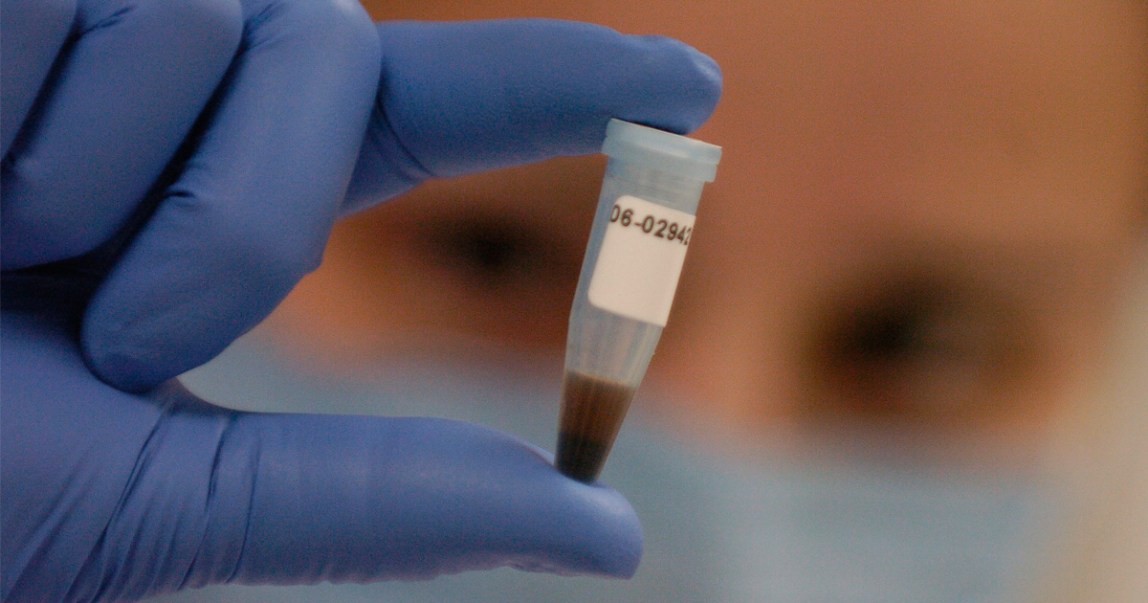MainMuck
You know the acronyms: CSI, NCIS, SVU. And you know that law enforcement on television would stink without another important acronym: DNA. Unfortunately, as a report in the Atlantic shows, sometimes real-life law enforcement stinks precisely because of DNA. Your four W’s:
What?
In one example noted by the Atlantic, 16-year-old Josiah Sutton was convicted of rape after DNA retrieved from a vaginal swab of the victim was found to be “consistent” with his. But in constructing a genetic profile of the victim, the crime lab analyst came up with different DNA profiles from three samples taken from the same woman. See, the neat thing about DNA is that it should be the same when it comes from the same person. In scientific terms, that’s what we call A GIANT RED FLAG STOP RIGHT NOW. (It’s from the Latin.) Four years later, Sutton was released when a re-analysis of the DNA showed that he was not a match. (The lab tech did not respond to the Atlantic.)
Why?
As the Atlantic reported, DNA forensics suffer, ironically, partly from improving technology. Analysts used to simply match DNA from large samples of blood or semen. Today, snazzy tech can extract tiny bits of DNA and identify individual signatures in messy mixtures of fluids. The smaller the samples and the messier the mixture, the more places for an analyst to go wrong. The Atlantic noted that a 2011 experiment gave the same, complicated crime scene DNA mixture to 17 forensic analysts, and got this: 12 said the DNA excluded the defendant, four said it was inconclusive, and one said the defendant could not be excluded. This defendant, btw, had already been convicted.
What Else?
Set aside DNA for a sec. The journal Science recently did aspecial package on forensics that you should read. But though Science is run by a nonprofit and most of the work published in it is financed by taxpayer dollars, the articles are locked unless you subscribe. So, allow me to summarize: a huge swath of forensic science sucks. (Again, from the Latin.) Footprints, fingerprints, blood spatters, bite marks, tire tracks, handwriting … you name it, and Science has raised worrying questions about it. If an officer says only one gun could’ve made those bullet markings, he’s wrong, and also hasn’t taken a class in probability lately. As Science concluded: “Many innocent people have ended up behind bars as a result.” (ProPublica’s Post Mortem series showed that forensic foul-ups continue beyond the grave….and that a journalism grad student may face a difficult job market in media, but no problem because she can easily get certified as a forensic consultant.)
What Now?
The Atlantic visited with a private company that developed a computer algorithm to give objective interpretations of DNA evidence, which could be very helpful. Except, the company keeps its algorithm secret, so …. good luck challenging that in court.
They Said It
The National Academy of Sciences in 2009: “No forensic method has been rigorously shown to have the capacity to consistently, and with a high degree of certainty, demonstrate a connection between evidence and a specific individual or source.” Ok, NAS, but how do you really feel?**
**NAS made an exception for DNA, which can make a connection to a specific individual. However, that would require the crime lab not f***ing it up. (Still from the Latin.)
MiniMuck
According to a Tampa Bay Times investigation, police in Tampa Bay responded to calls from Walmart 16,800 times in 2014, on top of 6,200 proactive visits. That’s way more than nearby competitors, like Target and Publix. Local officers are frustrated that they have to spend so much of their time and energy at Walmart, and not in an inflatable pool.
Tweet of The Week
For you ‘Muricans, “association football” is soccer.
Additional research by Kate Brown.
Tips are appreciated. The paper kind, or the green paper kind.
ProPublica does not vouch for the accuracy of stories appearing on SRSLY. We select, review and summarize key points from accountability stories that may not have gotten wide exposure. But we are not able to independently vet or vouch for the accuracy of stories produced by others. We will inform readers if we learn that stories have been challenged publicly or corrected.

